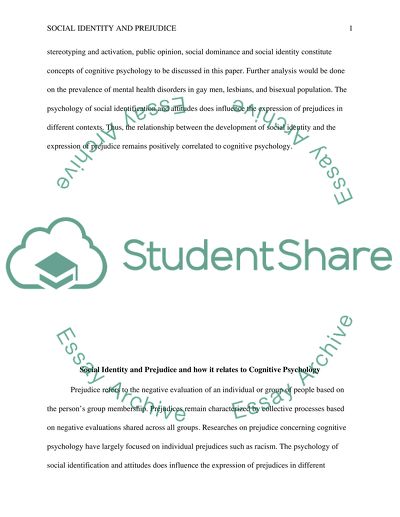Cite this document
(“Social Identity and Prejudice and how it relates to Cognitive Research Paper”, n.d.)
Retrieved from https://studentshare.org/psychology/1465352-social-identity-and-prejudice-and-how-it-relates-to-cognitive-psychology
Retrieved from https://studentshare.org/psychology/1465352-social-identity-and-prejudice-and-how-it-relates-to-cognitive-psychology
(Social Identity and Prejudice and How It Relates to Cognitive Research Paper)
https://studentshare.org/psychology/1465352-social-identity-and-prejudice-and-how-it-relates-to-cognitive-psychology.
https://studentshare.org/psychology/1465352-social-identity-and-prejudice-and-how-it-relates-to-cognitive-psychology.
“Social Identity and Prejudice and How It Relates to Cognitive Research Paper”, n.d. https://studentshare.org/psychology/1465352-social-identity-and-prejudice-and-how-it-relates-to-cognitive-psychology.


